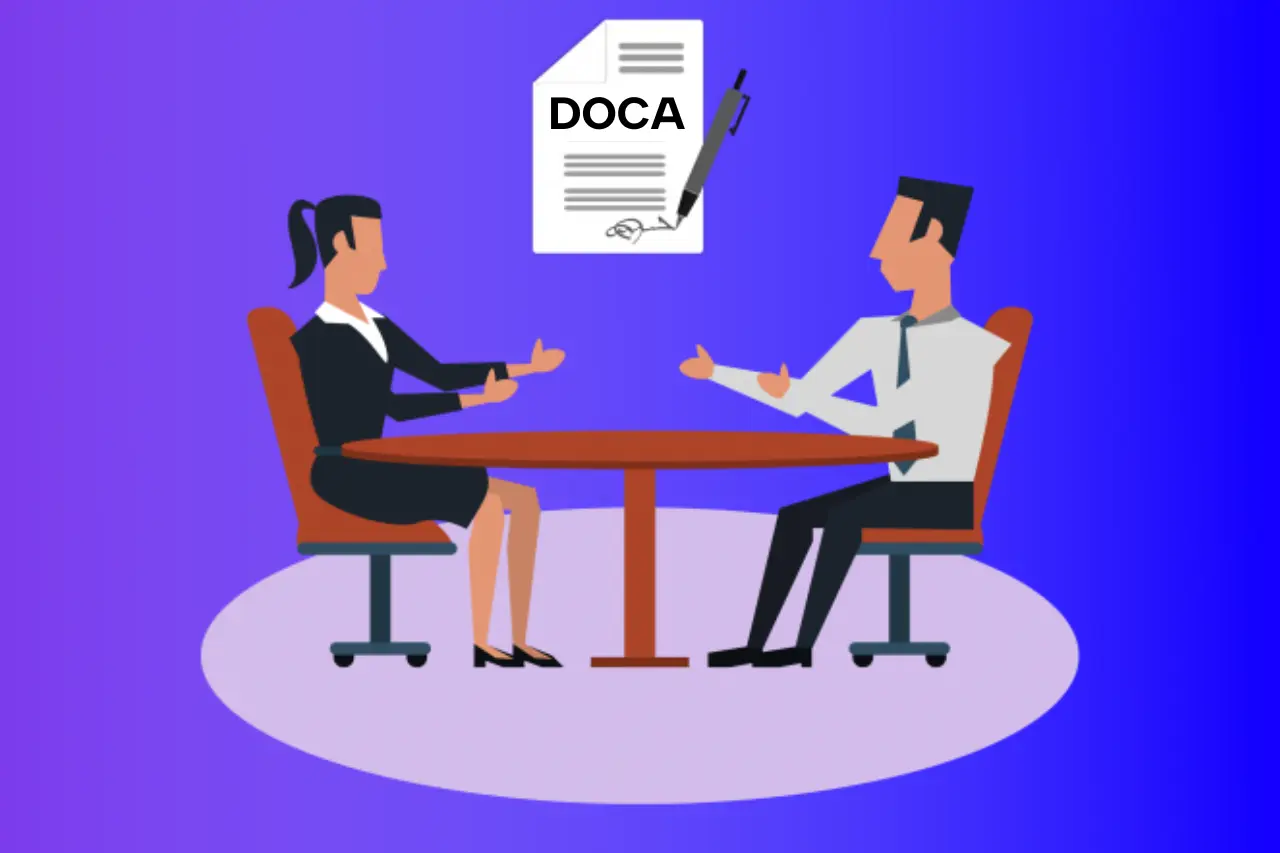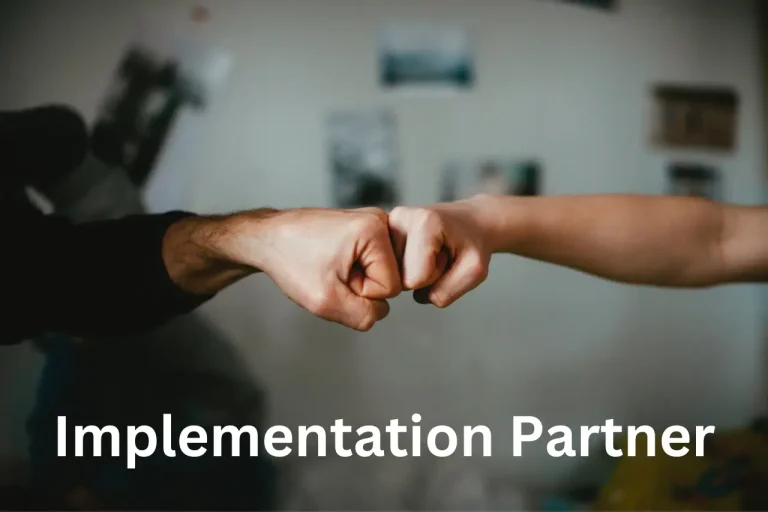Deed Of Company Arrangement (DOCA) – Know Everything!

A binding agreement struck between a company and its creditors, outlining the prescribed course of action for managing the company’s affairs and assets. Typically arising from a voluntary administration process, a Deed of Company Arrangement materializes when creditors express approval for a proposed DOCA plan through their votes.
The aim of DOCA is to keep the company in business by facilitating financial issues. This program not only proves itself beneficial for the company but also for creditors. Actually, you can understand that if a company is about to insolvency, it can easily enter into voluntary administration.
Basically, voluntary administration, also uses DOCA, entails a proficient insolvency expert, known as the ‘voluntary administrator,’ assuming control of the company to assess:
- The feasibility of salvaging the company, or
- The optimal approach for handling the business’s affairs and assets if rescue efforts prove impractical.
So, you must stay with us to gather knowledge about DOCA, and click here if you want to learn about Guardian Ad Litem(GAL).
Who Manages the Deed of Company Arrangement?
The management of a DOCA typically falls under the responsibility of an external administrator, specifically appointed during a company’s voluntary administration. This qualified professional, often a registered liquidator, takes charge of overseeing the affairs and assets of the company.
Their role is crucial in formulating the DOCA proposal, presenting it to creditors, and ensuring the agreed-upon terms are implemented.
The external administrator acts as a neutral party, facilitating communication between the company and its creditors during the DOCA process. Their primary objective is to navigate the company through financial distress while maximizing returns for creditors and preserving the viability of the business.
Once the DOCA is approved, the administrator continues to play a role in its enforcement and monitoring, ensuring compliance with the agreed terms.
Voting on DOCA
At the Creditors’ Decision Meeting, the second gathering in a Voluntary Administration (VA), creditors decide the fate of a proposed Deed of Company Arrangement (DOCA). Approval requires a resolution passed by 50% in value and 50% in number among voting creditors.
Post-Vote Proceedings for a DOCA
Upon creditors’ approval of a DOCA, the company is obligated to sign the deed within 15 business days following the creditors’ meeting. Failure to do so triggers automatic liquidation, with the Voluntary Administrator transitioning into the role of the liquidator.
The impact of a DOCA is far-reaching, binding not only all unsecured creditors but also compelling compliance from those who initially opposed the arrangement. Property owners, lessors, and secured creditors provided they supported the DOCA in their vote, are equally bound by its terms.
How do Creditors Get Paid in Deed of Company Arrangement?
The process of distributing dividends to creditors in a DOCA mirrors the steps involved in a liquidation dividend payout. The Deed Administrator initiates the sequence by requesting Proofs of Debt from creditors, evaluating and either approving or rejecting claims and subsequently disbursing dividends.
The hierarchy of creditor payments adheres to the stipulations outlined in the DOCA. Frequently, the DOCA proposes a payment sequence akin to that of a standard liquidation.
A key emphasis of the DOCA is to prioritize settling employee entitlements over other unsecured creditor claims unless eligible employees have mutually agreed to modify this order of priority.
This ensures a fair and structured approach to dividend distribution, aligning with the specific terms articulated in the DOCA.
Some Effects of DOCA
Here are some effects of the deed of company arrangement:
Binding Agreements
The DOCA, outlining the company’s management affairs, holds sway over several entities:
- The company itself, along with its officeholders (directors and company secretaries), and shareholders.
- All unsecured creditors, even those who weren’t keen on the proposal.
- Property owners, whether they own or lease, and secured creditors who gave the DOCA a nod.
Public Declarations
While under a DOCA, the company is obliged to slap the label ‘subject to a Deed of Company Arrangement’ on any public documents and other agreements it dives into, like contracts.
Debt Release Possibility
Here’s the interesting bit – the DOCA might just free the company from certain debts, as outlined in its terms. Directors, though regaining control, might face a few strings attached.
Life Span and Termination
The DOCA lives its life based on its terms. Typically, it bows out when the company settles its dues with creditors as per the DOCA. Once the curtain falls on the DOCA, the company can get back to business as a financially stable entity, waving goodbye to the administration phase.
But here’s the twist – a court or the creditors can pull the plug on the DOCA if the company doesn’t play by the rules.
FAQs
Final Verdict
Finally, it’s the best time to connect with a deed of company arrangement when your company is in danger of insolvency. You not only protect your company from winding up but also improve its financial condition and position.
So, after reading this well-researched guide, if you’ve any unclear queries about DOCA, feel free to reach us using the comment section.






